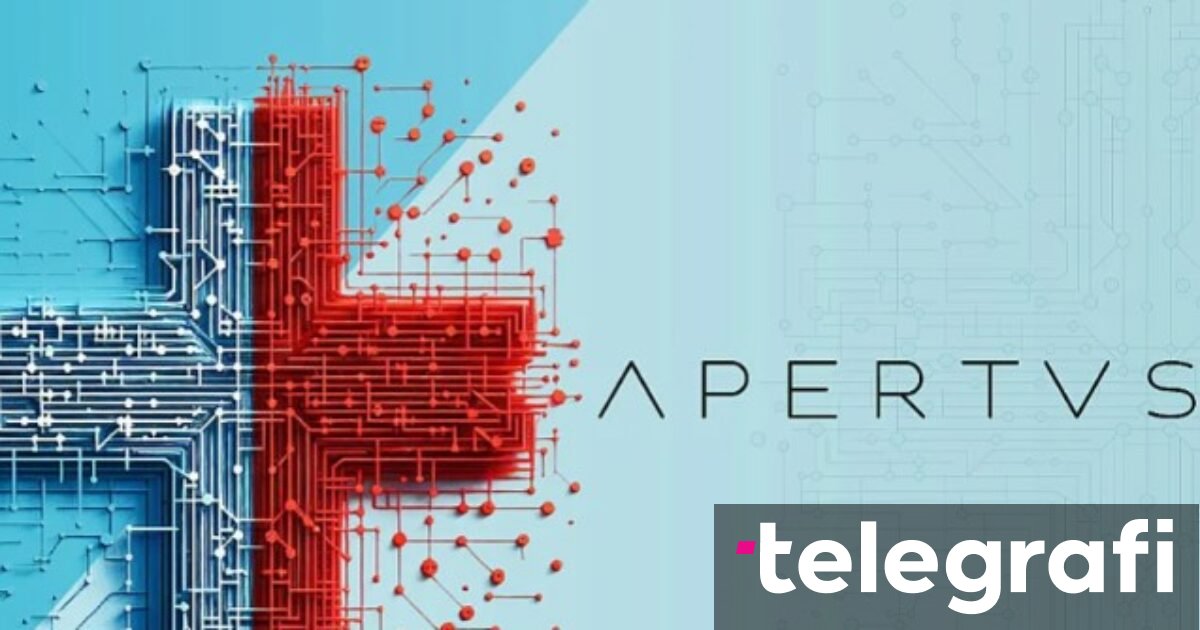European version of open AI, Mistral AI enterprise value jumps to €12 billion
Mistral AI (hereinafter referred to as Mistral), a leading artificial intelligence (AI) startup in France, is speeding up its investment financing.
According to Bloomberg News on the 4th (local time), Mistral is valued at about 12 billion euros (about 19.5 trillion won) in corporate value and is nearing the end of negotiations on new financing worth 2 billion euros (about 3.24 trillion won).
Mistral is a company established in 2023 by Artur Mensch and others from Google DeepMind and is considered a European AI alternative company against OpenAI and Anthropic in the United States.
Until now, Mistral has grown its presence by releasing an open-source language model and a chatbot “Le Chat” aimed at European users.
The company secured an investment of about 600 million euros from Samsung and Nvidia in June last year, with an enterprise value of 5.8 billion euros at the time. The investment is the first since then.
Bloomberg evaluated the investment, saying, “This solidifies Mistral’s position as one of the most valuable technology startups in Europe.”
In addition to the mistral, major AI companies have recently aggressively raised funds despite the AI bubble controversy, heating up investment.
OpenAI secured an investment of $40 billion in March this year, and Anthropic, called OpenAI’s rival, recently attracted $13 billion in funds, jumping to $183 billion in corporate value. The figure nearly tripled in just five months.
Meanwhile, OpenAI is also seeking to sell its holdings of current and former employees. According to CNBC, the amount of stock sales by employees has expanded from $6 billion to $10.3 billion, and OpenAI’s corporate value is expected to be valued at about $500 billion at the end of October, when the transaction is completed. At the time of OpenAI’s investment attraction in March, the enterprise value was about $300 billion.























